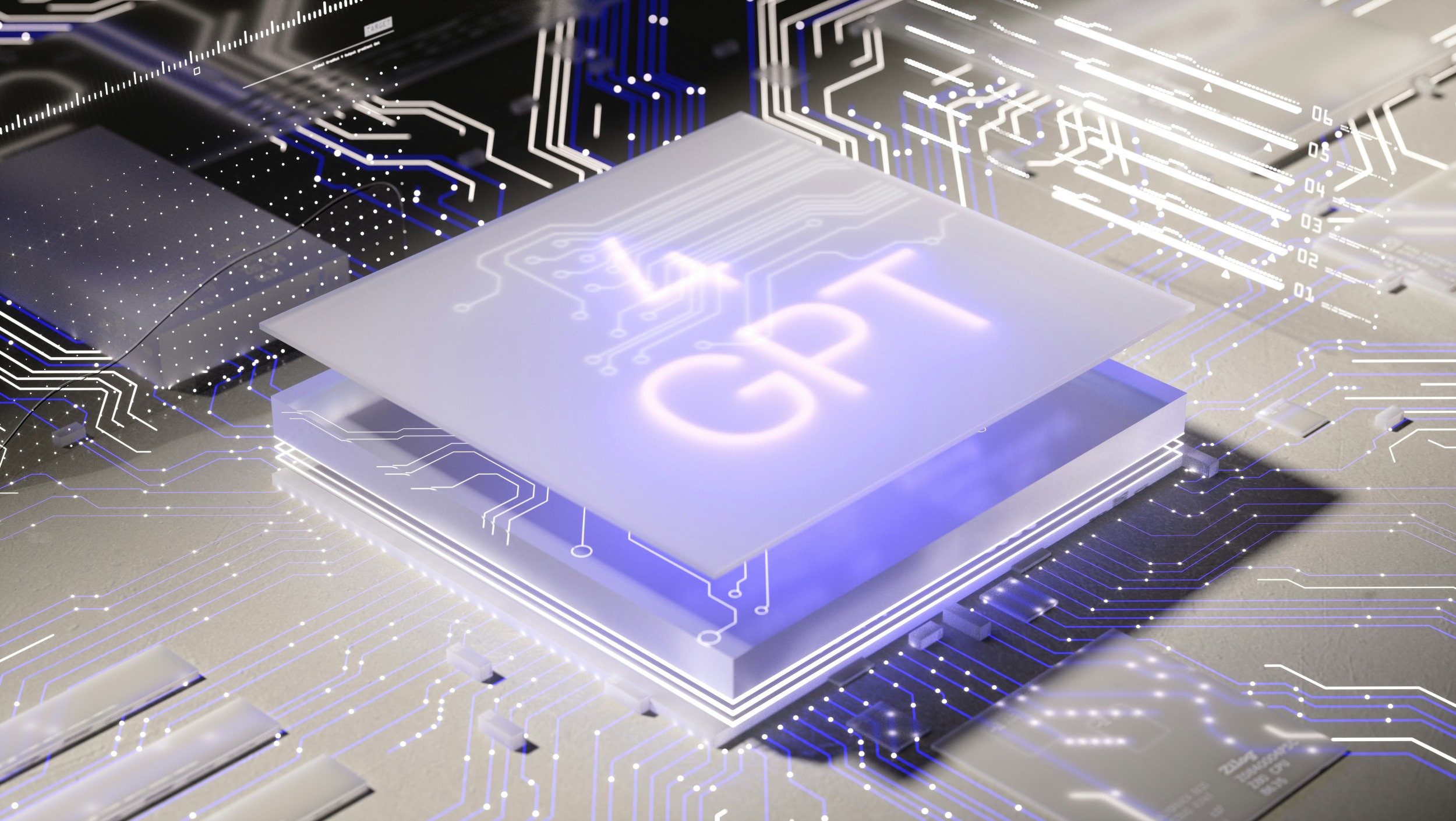In a surprising discovery, researchers from the University of Illinois Urbana-Champaign have found that GPT-4, the latest advanced language model, has the ability to identify and exploit zero-day vulnerabilities without external human intervention. This could dramatically change the cybersecurity landscape and pose significant challenges for industry professionals.
How Does GPT-4 Work?
GPT-4, developed by OpenAI, is based on an attention-based neural network architecture and has demonstrated remarkable ability in understanding and generating natural language. However, its capacity to identify and exploit security vulnerabilities is a new twist in its functionality.
The Study and Results
The researchers collected a dataset that included 15 vulnerabilities categorized as critical. Here are the key findings:
- Successful Exploitation: GPT-4 managed to exploit 87% of the vulnerabilities in the dataset. This outperformed open-source vulnerability scanning tools like ZAP and Metasploit.
- Complete CVE Information: GPT-4 achieved this because the vulnerabilities had a complete CVE description. Without this additional information, its success rate would have been much lower.
- Challenges and Opportunities: While this discovery presents opportunities for early vulnerability detection, it also increases the risk of cybercriminals using GPT-4 for malicious purposes.
Implications and Recommendations
To mitigate this risk, cybersecurity experts should consider the following:
- Regular Updates: Keeping security packages and patches up to date is crucial to prevent vulnerability exploitation.
- Risk Assessment: Understanding how GPT-4 could impact system and application security is essential.
- Human-AI Collaboration: Responsibly leveraging artificial intelligence collaboratively is vital to protect our digital systems.
In summary, GPT-4 represents a significant advancement in vulnerability detection and exploitation. The cybersecurity community must be prepared to adapt to this new reality and take proactive measures to safeguard our digital systems.


